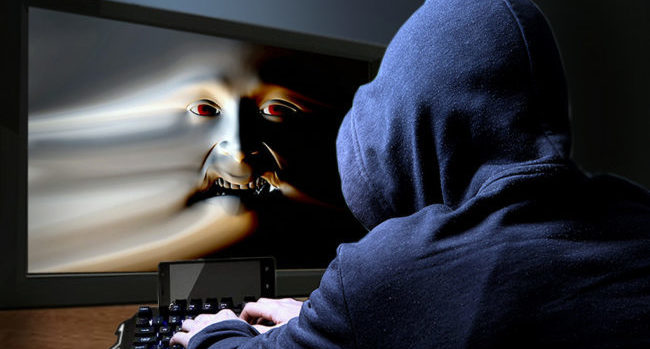
Cyberbullying involves attacking someone online, and the attacker and victim may be one in the same. A study found that a number of adolescents are actually cyberbullying themselves. Why would anxious children go to the trouble of setting up anonymous ways to post, send or share negative comments about themselves? Like other forms of self-harm, the act can be viewed as a cry for help.
‘Digital Self-Harm’
Officially known as “digital self-harm,” cyberbullying oneself was the topic of a study published in the Journal of Adolescent Health. The study was based on a 2016 survey involving 5,593 American students aged 12 to 17. Survey results found about 6 percent of the survey respondents engaged in digital self-harm, often more than once.
A little more than 50 percent of those who engaged in digital self-harm said they did it only once, but about 33 percent said they had done it on several occasions. A notable 13 percent admitted to digitally self-harming multiple times.
Other info uncovered by the study found:
- Boys were more likely than girls to cyberbully themselves, although boys tended to classify their actions as a joke or way of getting attention.
- Girls frequently mentioned they digitally self-harmed due to feelings of depression.
- Adolescents who had been cyberbullied in the past were 12 times more likely to cyberbully themselves than those who had never been victims of online bullying.
Reasons behind It
Anxious children may be apt to digitally self-harm to release feelings of anxiety. Adolescents may likewise engage in the practice if they feel depressed, lonely or misunderstood. Others may turn to cyberbullying themselves because they think talking openly about how they feel could make them weird, uncool, childish or immature in the eyes of their pals.
Adolescents who suffered abuse but are too ashamed or afraid to tell anyone may also engage in the behavior.
Self-harming is not uncommon in adolescents, according to the National Alliance on Mental Illness. Like other forms of self-harm, such as cutting, cyberbullying oneself can serve as a distress signal and a means of releasing overwhelming anger, pain, frustration or other emotions.
It can also contribute to the development of a vicious cycle:
- Anxious children release their emotions through digital self-harm
- The guilt and shame of their self-harming increases the burden of emotions they’re already feeling
- They again turn to self-harm for emotional release
How to Help
Giving anxious children a safe place to talk about their feelings is a good start. Even if you don’t understand what your anxious child may be going through, let him or her know you’re there to listen. Therapists and doctors can also be helpful, as self-harm is typically the sign of deeper issues that can be brought to the surface and resolved.
SOURCES:





